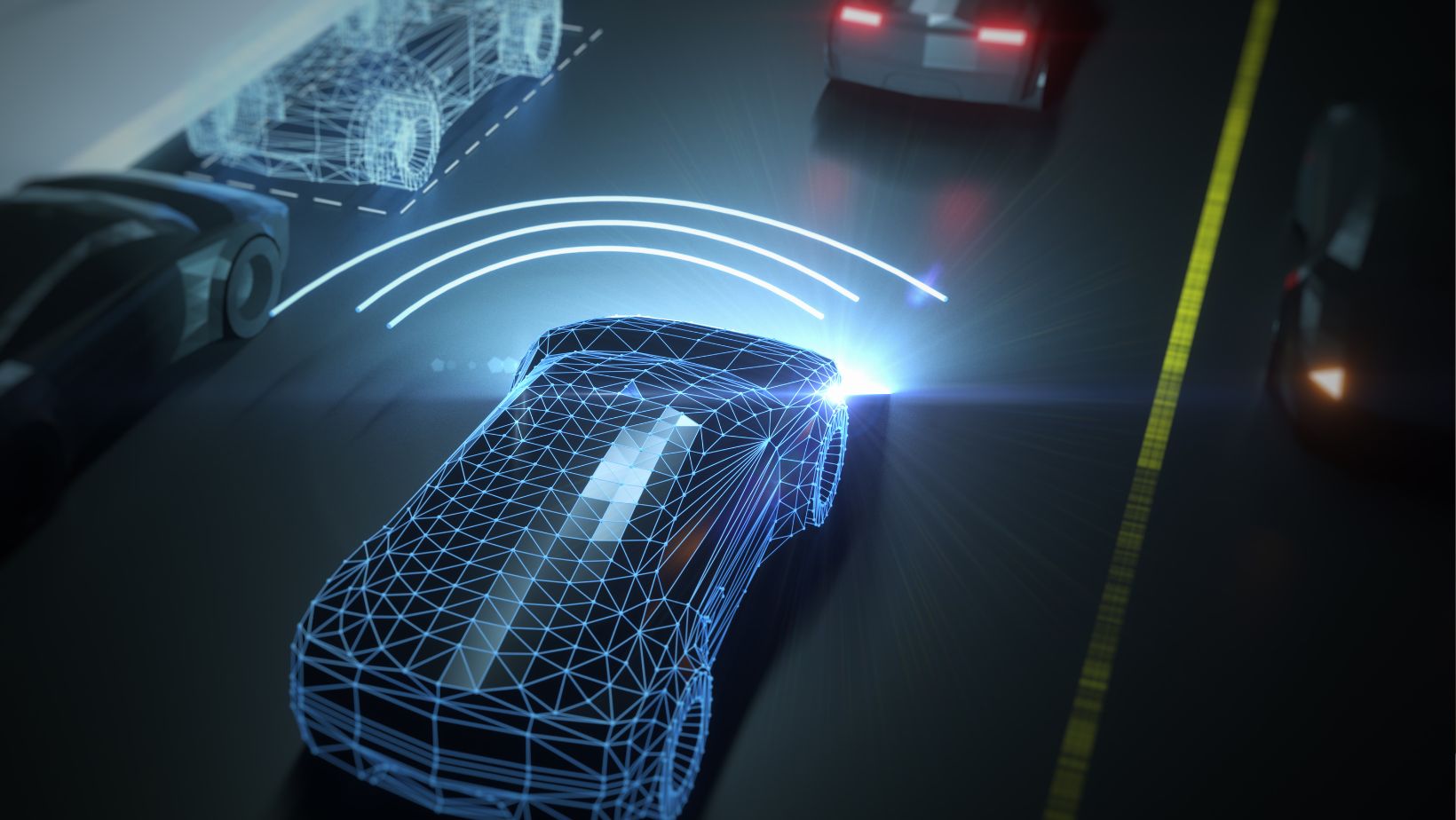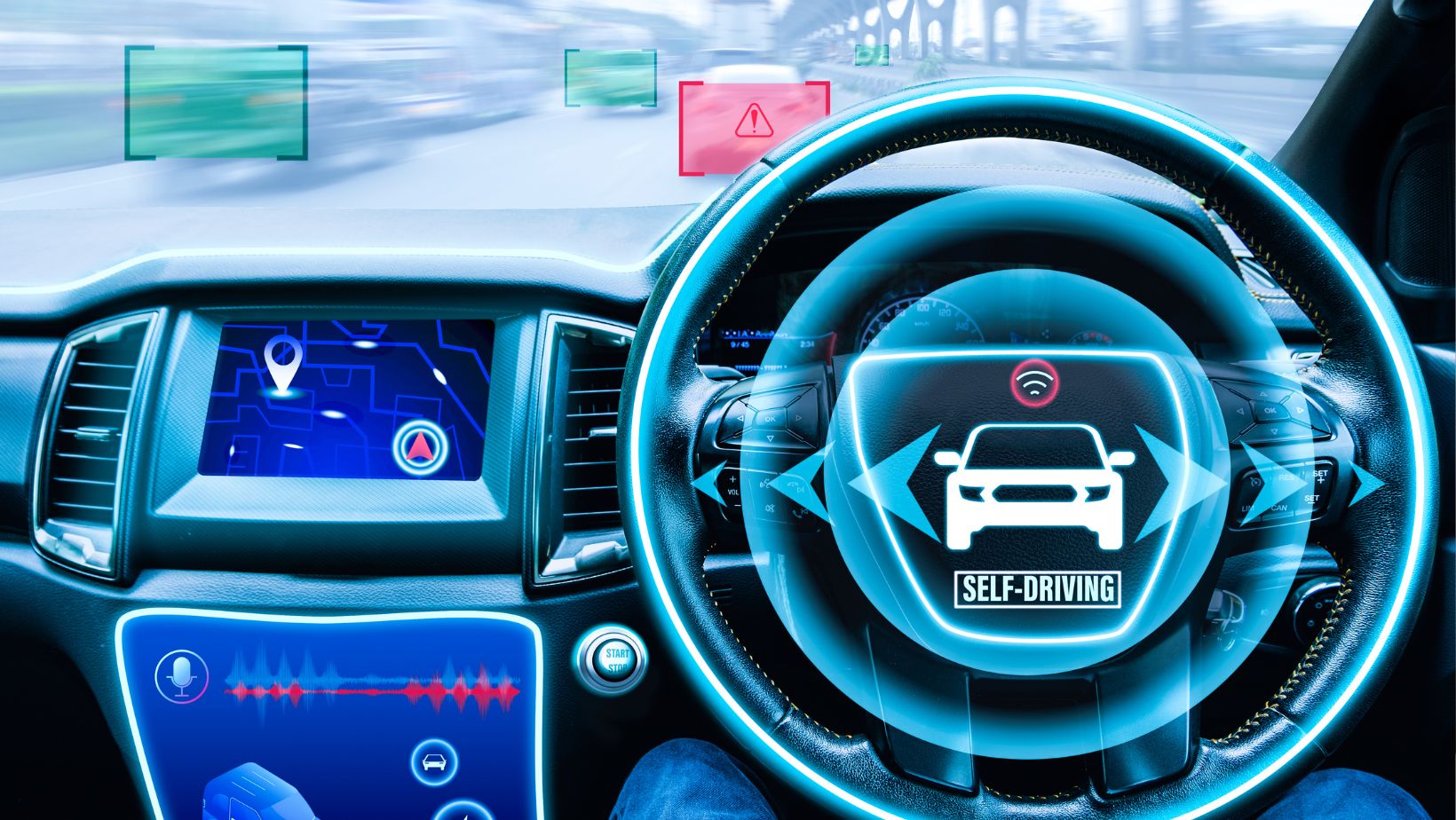Autonomous cars, once a futuristic concept, are rapidly advancing toward reality. With the promise of improved safety, convenience, and efficiency, these vehicles have garnered significant attention from technology companies and automakers alike. However, while the technology is progressing, the question remains: Are autonomous cars ready for mass adoption? Exploring the challenges and milestones helps shed light on the path ahead.
Understanding Autonomous Cars
What Are Autonomous Cars?
Autonomous cars, or self-driving cars, use a combination of sensors, cameras, radar, and artificial intelligence (AI) to navigate and operate without human intervention. They are classified into levels of automation ranging from Level 0 (no automation) to Level 5 (full automation). You can read more about this technology on https://trafficlike.com/.
Key Technologies Behind Autonomous Vehicles
- Lidar and Radar Sensors: Provide detailed mapping of the environment.
- Cameras: Capture real-time visual data for navigation and object detection.
- AI and Machine Learning: Process data to make split-second driving decisions.
- GPS and Mapping Systems: Ensure accurate positioning and route planning.
Milestones in Autonomous Vehicle Development
Progress in Sensor Technology
Advancements in Lidar and AI-powered image recognition have improved the ability of autonomous cars to detect and respond to their surroundings, even in challenging conditions.
Real-World Testing
Companies like Waymo, Tesla, and Cruise have conducted millions of miles of testing in diverse environments, gathering invaluable data to refine their systems.
Regulatory Developments
Governments worldwide are beginning to establish frameworks for autonomous vehicle testing and deployment, a crucial step toward mass adoption.
Public Trials
Ride-hailing services using autonomous vehicles, such as Waymo One, have launched in select cities, providing real-world examples of their potential.

Benefits of Autonomous Cars
Improved Safety
Autonomous cars aim to eliminate human errors, which account for the majority of traffic accidents.
Enhanced Mobility
Self-driving cars can provide mobility solutions for people with disabilities, the elderly, or those unable to drive.
Environmental Benefits
Efficient driving patterns and reduced congestion could lower fuel consumption and greenhouse gas emissions.
Economic Impact
Autonomous cars have the potential to transform industries, creating jobs in technology and AI while reducing costs in logistics and transportation.
Steps Toward Mass Adoption
Gradual Rollout
Adoption is likely to occur in phases, with autonomous cars being deployed first in controlled environments such as industrial complexes or specific urban zones.
Mixed Traffic Integration
As autonomous cars enter the market, they will share roads with human-driven vehicles, requiring systems that adapt to mixed-traffic conditions.
Advanced Driver Assistance Systems (ADAS)
Before achieving full automation, technologies like adaptive cruise control and lane-keeping assistance serve as stepping stones to familiarize users with self-driving features.
Collaboration Between Stakeholders
Automakers, tech companies, governments, and infrastructure planners must work together to address technical, regulatory, and societal challenges.
Future Trends in Autonomous Vehicles
Connected Vehicles
Integration with smart cities will enable vehicles to communicate with traffic lights, other cars, and infrastructure for smoother navigation.
AI Advancements
Improvements in AI will enhance decision-making, enabling vehicles to handle complex scenarios more effectively.
Shared Mobility
Ride-hailing and car-sharing services will likely drive early adoption, reducing individual ownership in favor of autonomous fleets.
Battery and Charging Innovations
As electric vehicles dominate the autonomous car market, advancements in battery technology and charging infrastructure will play a key role.

Industries Impacted by Autonomous Cars
Transportation and Logistics
Autonomous vehicles can streamline delivery services, reducing costs and increasing efficiency.
Insurance
The insurance industry will need to adapt to new liability models based on vehicle autonomy.
Real Estate
With reduced parking needs, urban spaces could be repurposed, transforming real estate planning.
Entertainment
In-car entertainment systems will evolve as passengers focus on activities other than driving.
Are We Ready for Mass Adoption?
While significant progress has been made, autonomous cars are not yet ready for mass adoption. Key hurdles, including technology refinement, infrastructure upgrades, and regulatory clarity, must be addressed before self-driving vehicles become a common sight on roads. However, the milestones achieved so far suggest that a future with autonomous cars is not just possible—it’s inevitable. Learn more with trafficlike blogs
Conclusion
Autonomous cars represent one of the most exciting technological advancements of our time. While challenges remain, the potential benefits make their pursuit worthwhile. With continued innovation, collaboration, and gradual deployment, autonomous vehicles will transform transportation, making it safer, more efficient, and accessible for all.



